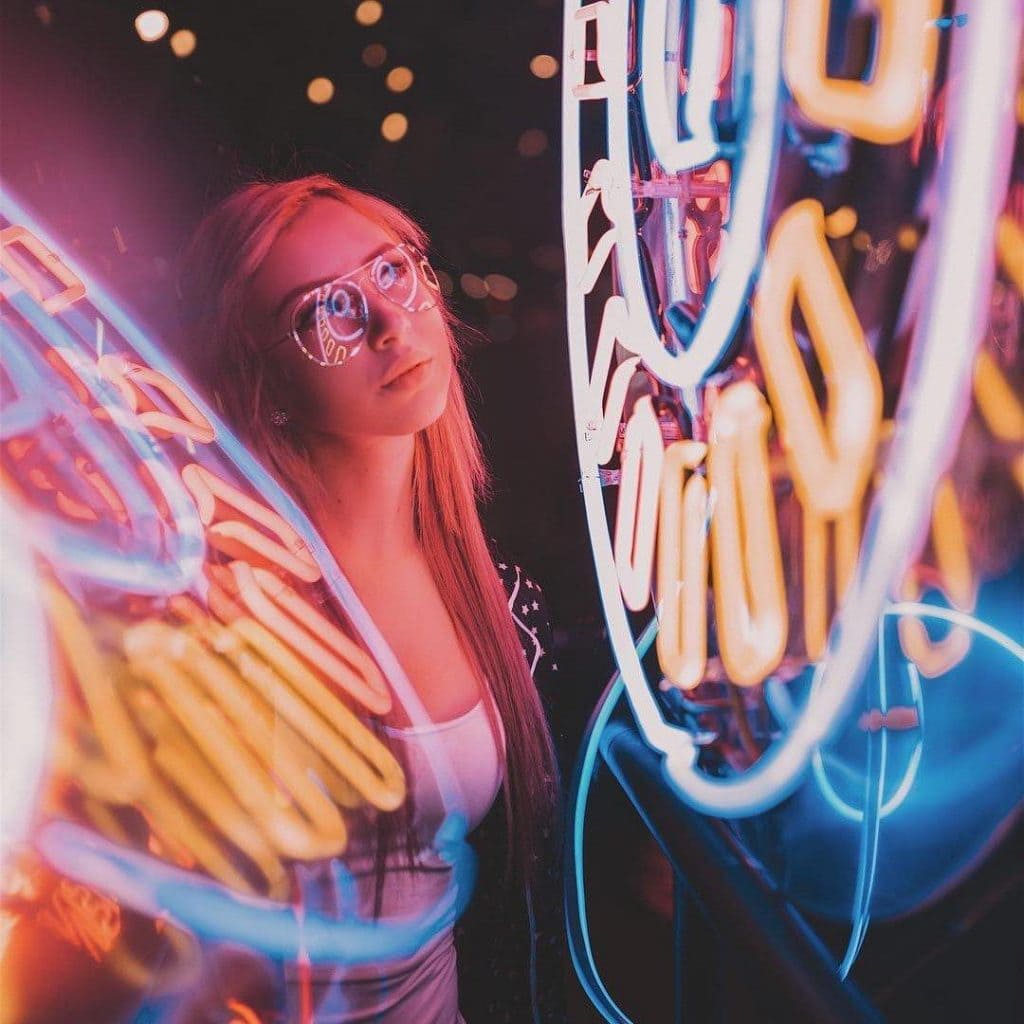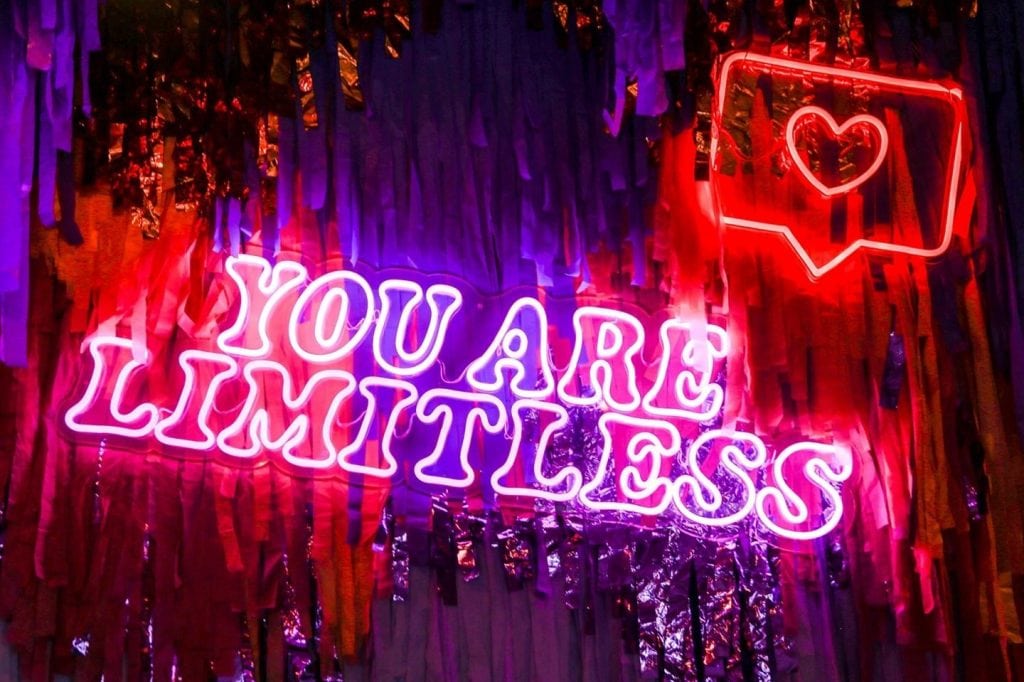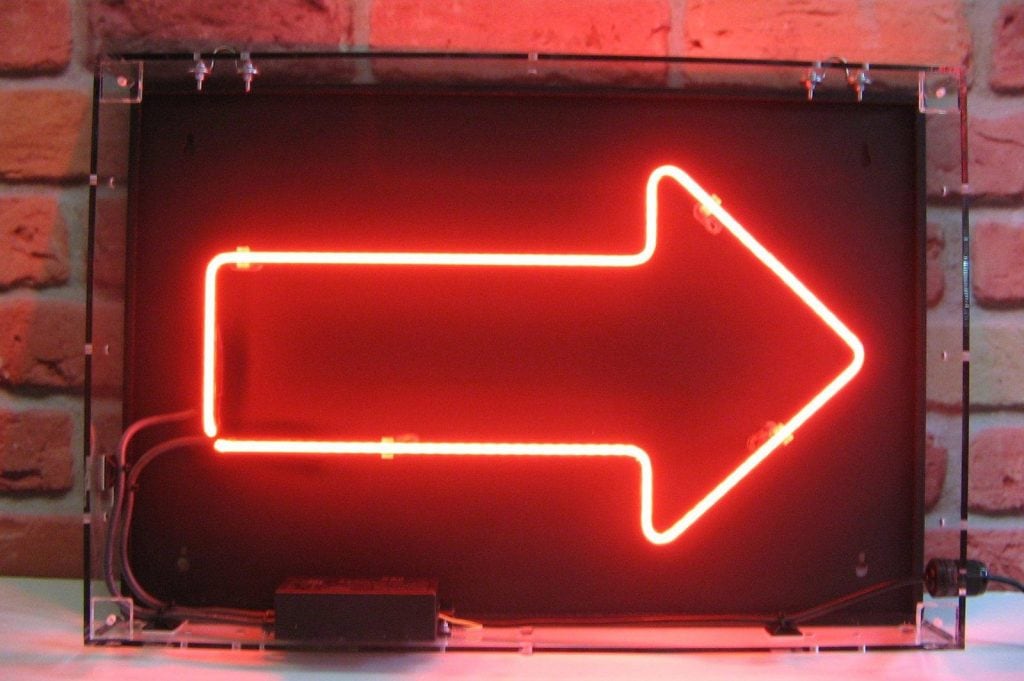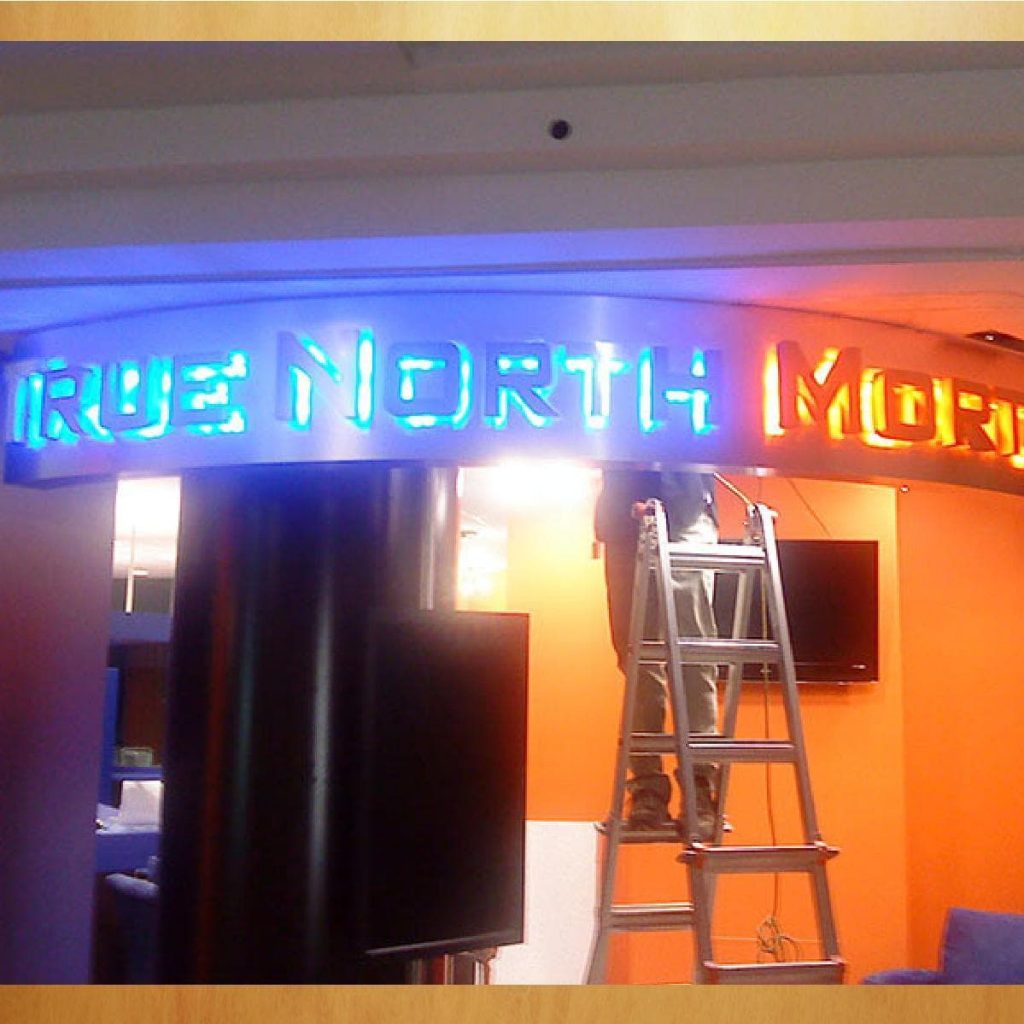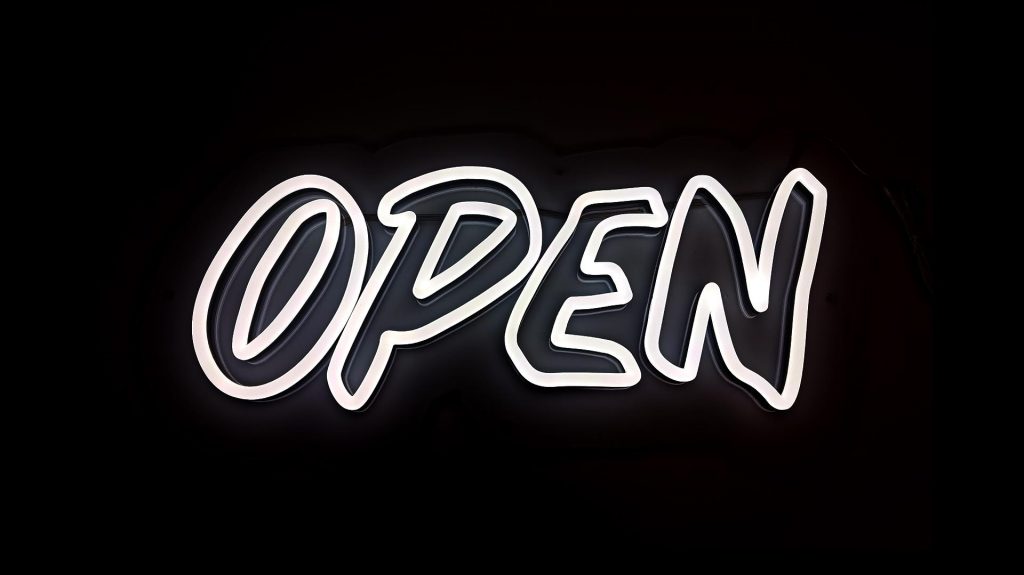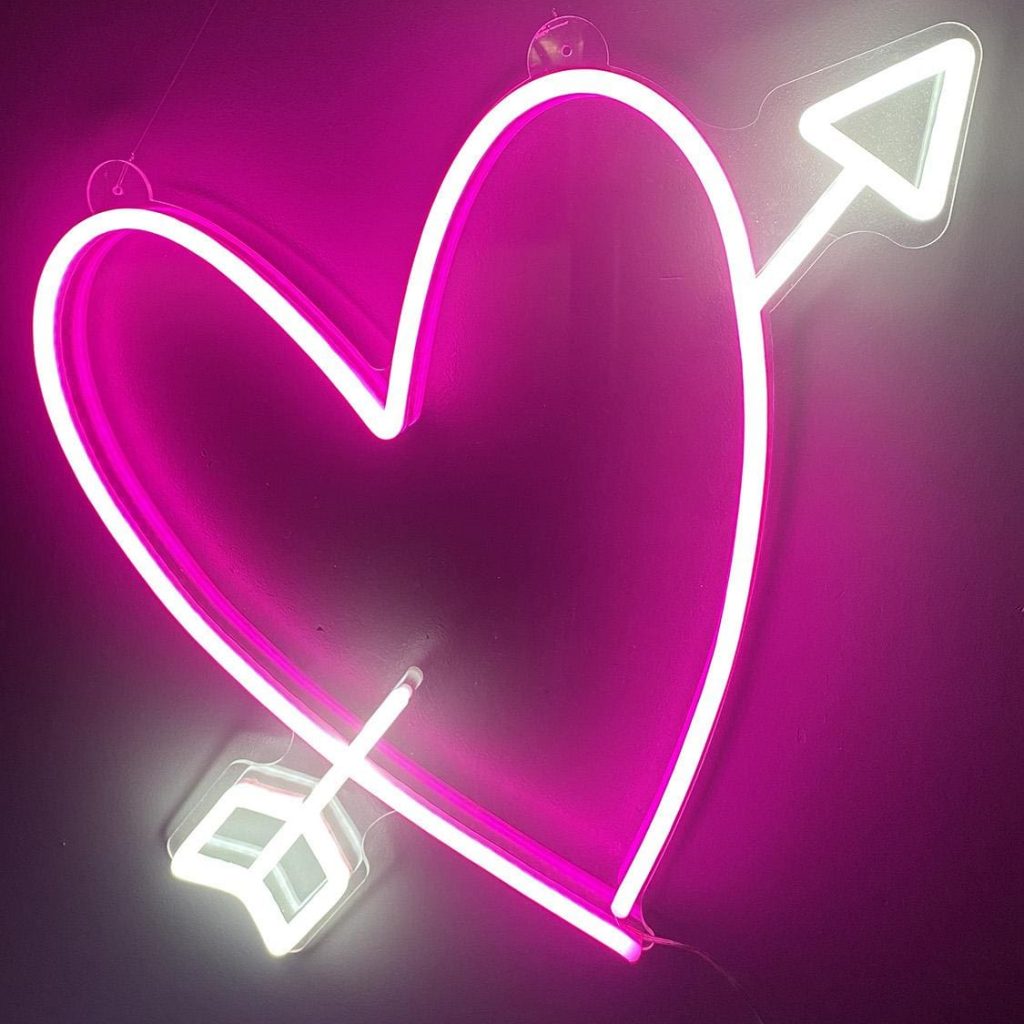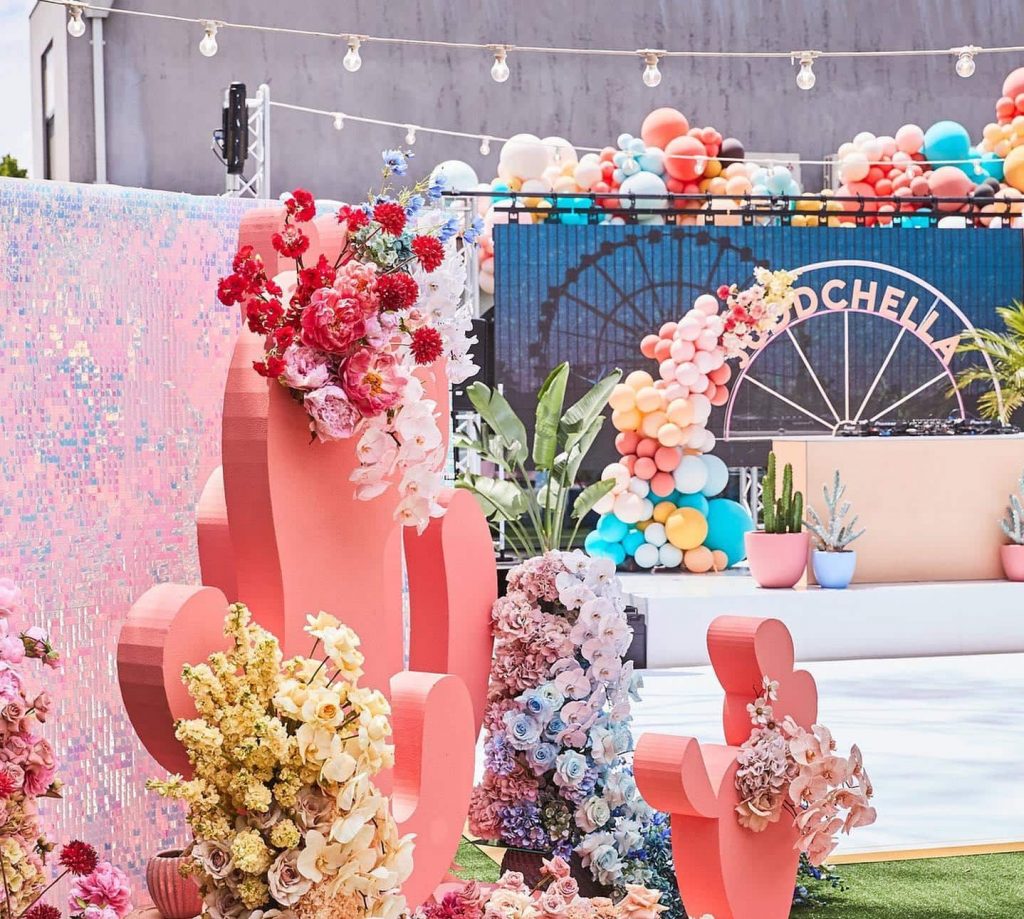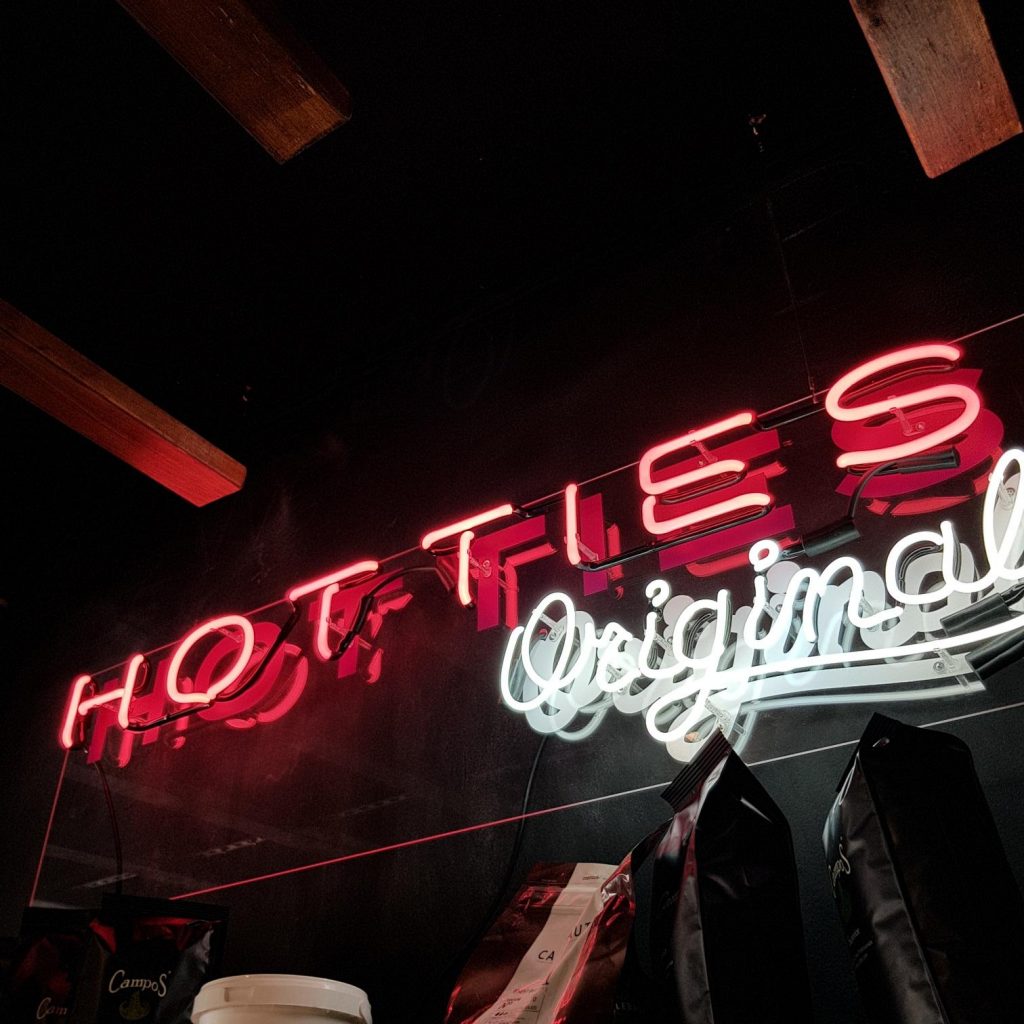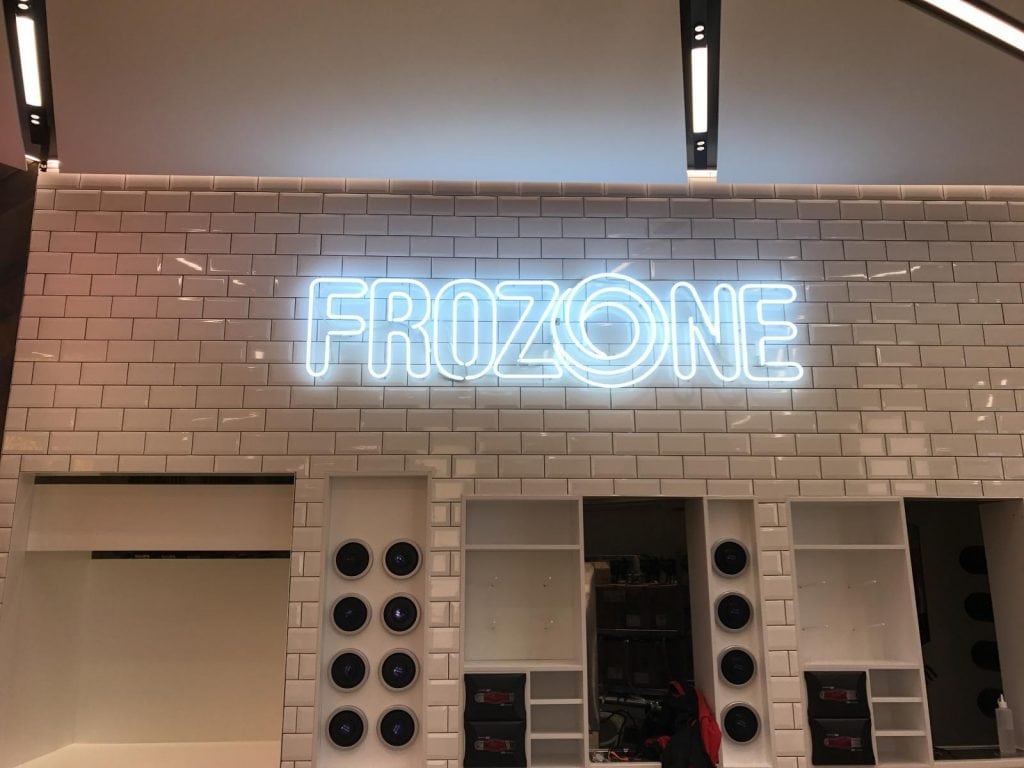Glass neon signs, as well as LED neon signs, have a wealth of information available online. However, they are not interchangeable; there are clear differences between them. An LED neon sign looks great from every direction. whether in terms of cost, effectiveness, or security!
Here's a detailed look at the differences between those two kinds of light. As such, it ought to aid you in making a well-informed option prior to purchasing your ideal sign.
What Are Glass Neon Signs?
As its name suggests, glass neon signs are made of glass tubes. During production, neon gas is stuffed into these tubes. Later, they'll mould them into whatever alphabet, numerals, or artwork you like.
The tubes of these cold-cathode fluorescent lights are subjected to a high voltage electrical current. Back in the day, neon was the only gas around. However, there are currently a plethora of options in terms of phosphor coatings and colours.
Signs made of glass neon can be as simple as miniature storefront displays. or as intricate and high-tech as one of the building's many façade.
How Are Neon Glass Signs Created?
At the time that glass neon signs first appeared on the market, neon gas was the most often used gas. Manufacturers frequently utilise it now for orange and red colour schemes. The usage of argon by itself is used by some manufacturers. Although some people like to add neon to it, it is not required.
Lighting design requires a lot more effort than most people realise. For instance, increasing the light output requires significantly less mercury in the gas.
When mercury is combined with argon gas, a brilliant blue light is produced. Many different kinds of phosphorescent materials will be hit by the light. Color-shifting material is housed inside the glass tubes.
As a result, producers employ a wide range of optical tint colours. Sometimes you need clear glass to get true blue light.
Helium, krypton, and xenon are great gases to employ if you want to create a one-of-a-kind colour effect. It's not a smart idea to rely on gas as a sole source of power because it doesn't conduct electricity well.
How Do Neon Glass Signs Work?

For example, neon gas is only safe to use when contained in dedicated gas discharge tubes and energised by an electric current. Specific electrodes provide a seal in gas discharge tubes.
A rise in gas pressure results from applying a voltage to these electrodes. A threshold is reached when electrical currents can pass freely. A spark will be created by the current in the gas. When neon is turned on, it gives forth a red glow. In addition, the supplementary elements will generate a spectrum of hues, including blue and yellow.
The process of creating glass neon signs requires extensive preparation. You can't skip out on learning under a master craftsman's tutelage. It's a great tool for learning hard skills. If it's so hard, why do we have to do it? Of course, you'll need some sort of heat source to bend the glass tubes throughout the manufacturing process.
Also, one must be precise to obtain ideal patterns. Put in the time to study how to connect electrodes to tubes and how to pump gases into them. And lastly, purging the tubes of any contaminants is a laborious process in and of itself. You may now agree that it requires a great deal of effort, expertise, and training.
The Benefits of Glass Neon Signs
- You can't recreate that classic look and feel.
- Broad usable dimensions
- Glass neons are malleable and may be moulded into any desired form.
- These signs can be powered by either an AC or DC current.
The Specifics of Glass Neon Signs
You have gained an understanding of glass neon signs, including how they are made and how they function. Can we expect any good to come from these warnings? Check it out, shall we?
Durability
Glass's resilience cannot be disputed. If it falls and breaks, that's it for good. And the hazards, as you well know, are substantial. LED neon signs, on the other hand, are more adaptable. Naturally, glass can be broken easily. Therefore, the location of your neon signage is crucial.
Affordability
Indeed, the high price of glass is here to stay. The manufacturing process also involves a large number of steps. This means the maker must allocate resources to each stage of production. Thus, profit from one material drives the pursuit of another. More money will need to be spent initially. High upkeep costs are another drawback of glass neon signs. Extra funds are required for routine upkeep and unexpected breakdowns.
Lifespan
In this section, we will determine how long you can expect these signs to last before you need to replace them or invest in an upgrade. You may expect roughly 10 years of use out of a glass neon sign.
Look at LED alternatives if you want a durable sign. These will last you for a while. The cost is almost five times that of traditional glass neon displays.
Safety
How is life in your home or workplace? Is there more foot traffic there? Is there anyone that needs constant supervision, like a child?
If you're concerned about security, here are some of the questions you should ask before purchasing glass signage. Keep in mind that glass can shatter even if you're extremely careful and in a perfectly orderly environment. It might endanger you and your loved ones if this happens. Broken glass is a potential hazard since it could cause cuts if it shatters.
Glass neon signs can also get too hot and break. Burns are never fun and provide a serious safety risk in this situation.
Installation Ease
They are fragile due to the nature of their production. Furthermore, glass neon signs are bulkier and more easily broken. In addition, their power needs are not typical. Consequently, a specialist is required for the installation, as a glass sign will need to be repaired.
Plus, you shouldn't touch it unless you're an electrical expert. When tinkering with the wiring in your home, you run the danger of receiving an electric shock.
Weight and Portability
Glass has a hefty weight. Do not count these indications if you wish to go with them to any point in a straightforward manner.
Neon signs made of glass are a popular choice for placement in outdoor settings, particularly in locations with fixed positions.
What Are Led Neon Signs?
Modern LED neon signs employ a novel technology that comes close to replicating the look and feel of conventional neon. But this allows for greater personalisation. It conserves both resources and the natural world.
It can't compete with the functionality of classic glass neon signs. Strobe effects can be achieved by rapidly cycling through different colours.
How Are Neon LED Signs Created?
An LED neon sign's components include a silicone strip, borders, LEDs, and a backing panel. These four elements are often used in the manufacturing process.
The lead glass used in tubes is more malleable. Their shape is altered by applying heat, twisting, or bending with one's hands. They are fused after being cooled. Different coloured LEDs are then attached by the manufacturer.
The strip's illumination is generated primarily by light-emitting diodes. A steel back panel is used by manufacturers for low-impact signs. Acrylic, aluminium, steel, or wood may be used for the larger ones.
How Do Neon LED Signs Work?
Electrons travelling across semiconductors trigger the LED reaction. Semiconductors of aluminium gallium arsenide are used here.
The LEDs on signage must be mounted properly on the strip. Power consumption increases with the number of LEDs used in a given area. As a result, it could cause localised heating. By "harder" and "dotted-like," we mean the light gets more intense and takes on a more distinct pattern.
If the LEDs are too far apart from one another, or if there aren't enough of them, dark areas will appear. Accordingly, strategically placed LEDs provide a more consistent illumination.
The Specifics of LED Neon Signs
LED neon signs are obviously superior to glass neon signage. Furthermore, we shall cover numerous other advantages that LED signage can have.
Durability
The quality of LED neon signage is very excellent. The producers have made this clear by their material selection. It is also affected by how it is made.
Intense wear and tear won't break the signs. Kids may have a good time while learning useful skills. To ensure their durability, however, it is best to store them in secure areas.
Affordability
These signs are less difficult to produce than glass neon signs. In addition, the process requires less inputs, making it more reasonably priced. This is more cost-effective because they can be ordered in any style.
Light tubes are more convenient to replace in the event of damage. This is an extremely unlikely scenario for glass signs. The operational costs of these billboards are also reduced.
Lifespan
LED neon signs are the ideal option if you're hoping to make a wise financial investment. Their longevity exceeds that of comparable bulbs.
Most people estimate that it will last between 40,000 and 50,000 hours. If you maintain your signs correctly, it may even go beyond that point. By dividing that number by the number of hours each day you use it, you could be looking at a number of years of service.
After about 35 years, you may want to consider replacing it. You'll agree with me that this is an incomparable benefit, especially when stacked up against more conventional glass choices.
When you finally decide to acquire some signage, make sure to inspect the box first. How long your sign will last should be displayed.
Safety
The voltage used by LED neon signs is significantly less. This implies that there is no need to worry about these signs getting hot enough to pose a danger to nearby individuals or property.
The materials used ensure that they will not break in transit. When there will be a lot of people or children around, these signs are the best bet.
They are eco-friendly since they don't produce any harmful byproducts like fumes, gas, or smoke. As a result, there is no potential for fires or burns.
These signs are efficient, releasing less excess heat into the atmosphere. The glass neon signs can get dangerously hot in comparison.
It's the same for LED neon signs; at most, they'll warm up to room temperature. Accordingly, there is universal agreement that there is zero chance of burn or fire if you set them up.
High Impact Resistance
Unlike their glass predecessors, LED neon signs can't be broken if they're accidentally dropped. In addition, these hold up better in harsh conditions. They're impervious to the effects of shaking.
Most LED signs can withstand rain and other wet conditions, making them ideal for use in the open.
No Flickering
LED illumination is ideal if you need your signs to remain illuminated at all times. There is an instantaneous response when you turn these on. The lights don't flicker either.
The moment you turn them on, they shine brightly unless you turn down the brightness setting. The glimmer draws the eye.
It's a key feature that sets these signage apart from others.
All of the signs are clearly visible from a distance and can be read, even in the dark. Because of the way their blazing colour stands out.
Ease of Installation
In contrast to traditional neon signs, LED neon lights are often minimalist. That means you don't need special training to put them up.
However, this is conditional on the design and location of the unit being installed. The number of situations when electrical setup and knowledge are absolutely necessary is small. Like a photo frame or other piece of wall decor, they come with attached hardware for simple display.
It may be necessary to hire a professional if you need to mount something to the ceiling or if you have never done either of these before.
Weight and Portability
Light-emitting diode neon signs are more adaptable and lightweight. It's convenient because you can take them with you and utilise them anyplace. Being easily transportable is, thus, a major benefit.
If you need to, you can take an indoor sign outside with you. You could run into this situation if your LED neon signs weren't built for outdoor use. You must have knowledge of outside lighting, though, to put up these signs.
Low Energy Consumption
On average, a modern LED bulb emits between 80 and 100 lumens for every watt of power used. Similarly, modern high-power LED neon signs may produce in excess of 300 lumens per watt. However, halogen bulbs only produce 12 lumens per watt.
Do you see the parallel? Which option would you choose if you needed to save money on your energy bill? High efficiency is achieved with LED technology.
Six to eight times less energy is used compared to glass billboards. As a result, it should help you save a lot of money on your monthly electricity cost.
Conclusion
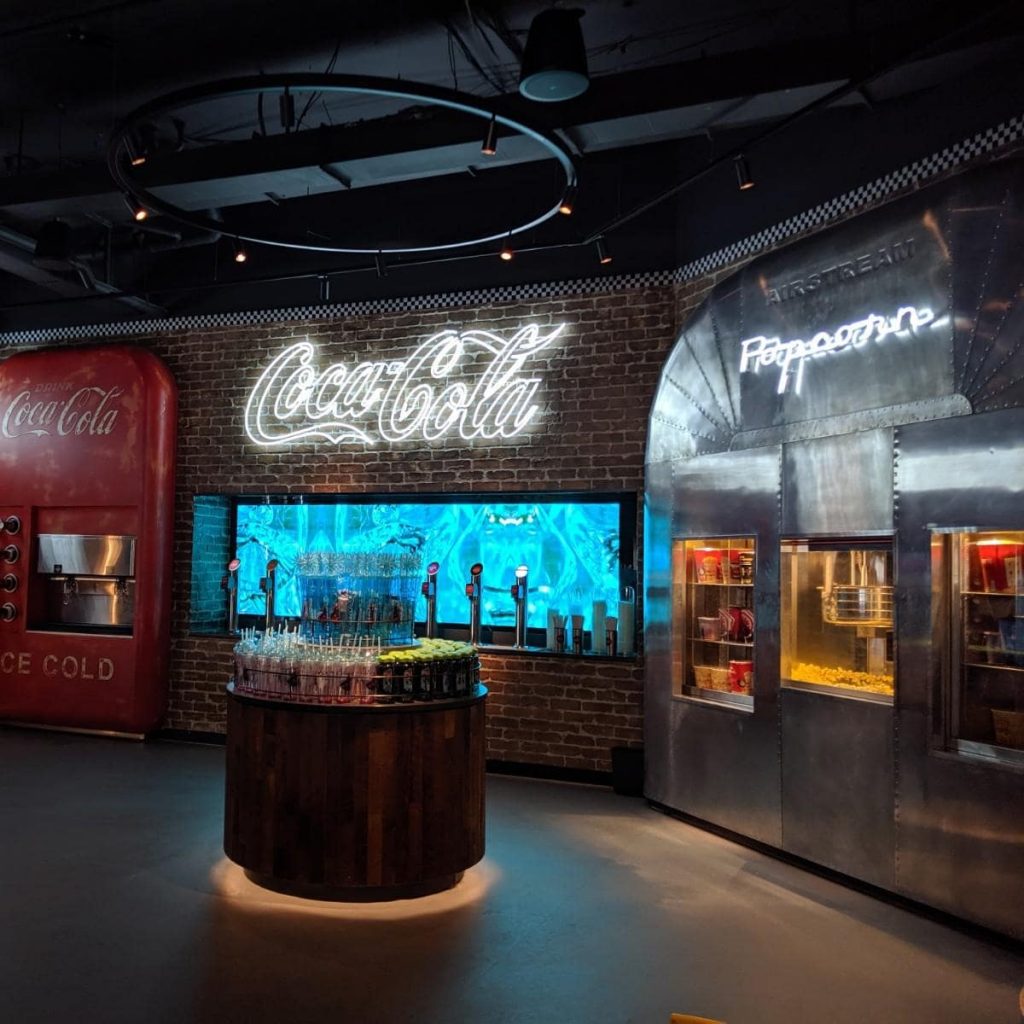
When comparing price, efficiency, and safety, glass neon signs and LED neon signs are two lights that are clearly different.
Neon gas is sealed inside glass tubes and then shaped into letters, numbers, or designs for a glass neon sign. LEDs are composed of LED lights that are energised by a high voltage electrical current to create structures as basic as miniature window displays or as complex and cutting edge as a building's facade.
The most common gas is neon, but helium, krypton, and xenon are fantastic options for producing a one-of-a-kind colour effect.
Most people don't realise how much work goes into lighting design, and the combination of mercury and argon gas results in a dazzling blue glow.
To find the best glass neon sign for your needs and budget, you should think about factors like safety, ease of installation, portability, weight, and price. LED neon signs use cutting-edge technology that nearly duplicates the appearance and feel of traditional neon, but which cannot match the durability of traditional glass neon signs.
Glass neon signs are more cumbersome and breakable than their plastic counterparts, and their installation usually necessitates the help of a professional. The shape of led neon signs is more malleable and consistent.
When compared to their glass counterparts, LED neon signs have many advantages.
They are more cost-effective because their production is simpler and they need fewer resources. Plus, they outlast standard bulbs and are easier to swap out if they break. Instead of releasing as much heat into the atmosphere, LED neon signs are more eco-friendly and efficient.
They can withstand heavy rain and other wet conditions, making them perfect for use in the open. LED lighting is great for constant illumination, and its shimmer is aesthetically pleasing.
Signs can be seen from far away and read in the dark.
Most LED neon signs are simple in design and require only basic electrical wiring and know-how to operate. They're perfect for use in the great outdoors because of their portability and light weight. LED technology reduces energy consumption by six to eight times compared to traditional glass billboards. Expect a decrease in your monthly electricity bill as a result of this.
Content Summary
- Here's a detailed look at the differences between those two kinds of light.
- The process of creating glass neon signs requires extensive preparation.
- You have gained an understanding of glass neon signs, including how they are made and how they function.
- LED neon signs, on the other hand, are more adaptable.
- You may expect roughly 10 years of use out of a glass neon sign.
- If you're concerned about security, here are some of the questions you should ask before purchasing glass signage.
- Consequently, a specialist is required for the installation, as a glass sign will need to be repaired.
- When tinkering with the wiring in your home, you run the danger of receiving an electric shock.
- Modern LED neon signs employ a novel technology that comes close to replicating the look and feel of conventional neon.
- A steel back panel is used by manufacturers for low-impact signs.
- The LEDs on signage must be mounted properly on the strip.
- LED neon signs are obviously superior to glass neon signage.
- The quality of LED neon signage is very excellent.
- LED neon signs are the ideal option if you're hoping to make a wise financial investment.
- The voltage used by LED neon signs is significantly less.
- The glass neon signs can get dangerously hot in comparison.
- It's the same for LED neon signs; at most, they'll warm up to room temperature.
- Unlike their glass predecessors, LED neon signs can't be broken if they're accidentally dropped.
- Most LED signs can withstand rain and other wet conditions, making them ideal for use in the open.
- LED illumination is ideal if you need your signs to remain illuminated at all times.
- All of the signs are clearly visible from a distance and can be read, even in the dark.
- In contrast to traditional neon signs, LED neon lights are often minimalist.
- That means you don't need special training to put them up.
- Light-emitting diode neon signs are more adaptable and lightweight.
- If you need to, you can take an indoor sign outside with you.
- You could run into this situation if your LED neon signs weren't built for outdoor use.
- You must have knowledge of outside lighting, though, to put up these signs.
- Similarly, modern high-power LED neon signs may produce in excess of 300 lumens per watt.
- High efficiency is achieved with LED technology.
- As a result, it should help you save a lot of money on your monthly electricity cost.
FAQs About Neon Lights and Signs
While the average lifespan of a neon sign is eight to fifteen years, many of them last much longer than that. A sign's lifespan can be shortened by leaving it on for extended periods of time, and it also increases the risk of overheating and electrical surge damage
Neon signs, which were common from the 1920s to the 1960s and again in the 1980s, require them to create the bright, eye-catching displays of colour that are their hallmark.
The neon glass tubes in the metal conduits are linked together by high-voltage electrical wires. When temperatures get too high, the wires powering the sign can melt, rendering it useless in whole or in part.
Believe it or not, no electricity is required here, despite the fact that many people think they must plug it in. When excited by either electricity or ultraviolet light, gas molecules release electrons, causing the gas to glow.
Neon signs are stunning to behold, but they pose a danger if they aren't regularly serviced. Injury from shattered glass, electric shock, or a fire hazard are all examples of the dangers that could arise.

